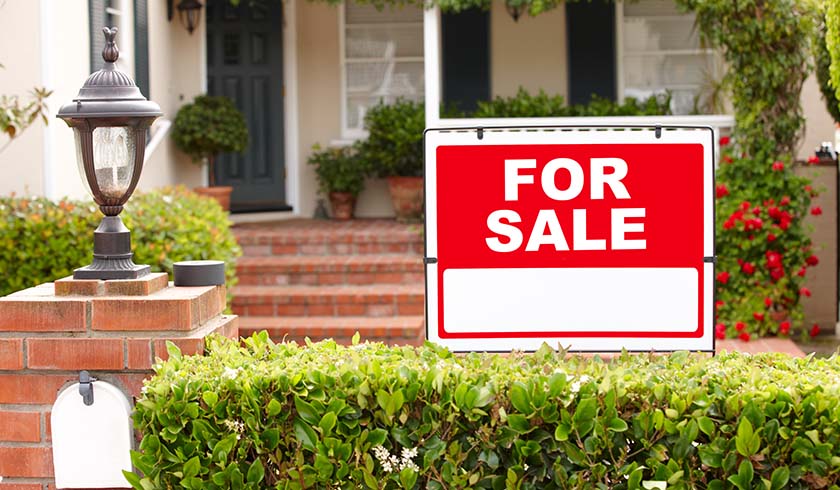What properties to avoid when investing
If you want to improve your chances of reducing the risk of an investment purchase and improving the potential for growth, yield, rentability and resale, there are some things you need to consider, like maximising your borrowing capacity and improving the choices and ability you have in growing a portfolio.

Types of property
To start with, let’s consider the type of property. Whether you consider buying regionally, in outer suburbia of a metro location, or near the CBD of a capital city, there are many choices of the type of property that can be purchased, such as, studios, units, apartments, townhouses and houses.
For investment purposes, it is wise to reconsider investing on the following types of properties, remembering that the decision you need to make as to whether you avoid some of these types of properties is based on buying them to rent them out, appealing to a wide demographic or the largest demographic in the location, with the expectation they will grow well in value over time, not buying one of them to live in.
Serviced apartments and student accommodation
Lenders will limit what you can borrow to usually 60 per cent of the value to buy one of these, which means you must put in more of your own money, leaving less money available for growing your portfolio.
They typically do not grow as well in value as a better purchased, more considered approach to investing. For the serviced apartment, yes, they can have higher rental; however, some owners’ corporations will require that you spend what could be $15,000 to $20,000 in refurnishing it every, roughly, five years.
If the owners’ corporation agreement prevents you from living in the property, lenders will usually prefer not to lend to you, lenders do not like to be dictated to by owners’ corporations.
High-rise, high-density apartments
I call them coffins in the sky, shoe boxes, often accompanied with oversupply issues, competition with many other owners to find tenants or resale them.
Many lenders do not like them, meaning you may be forced to reduce your asking rent or asking price if selling, just to compete, making less money upon buying one and less money upon selling one, often limiting their lending to 70 per cent or 80 per cent of the value.
Valuations can come in under often due to the sheer number of them. There is less scarcity and less uniqueness, leading to more money needing to be used to make up for the shortfall of the valuation.
If you are going to consider one, do yourself a favour and do not purchase one that is under 50sqm of living on title (excluding car park, courtyard balcony or storage room); these are really akin to coffins, and lenders hate them.
Units in a complex with a pool or lift will have higher owners’ corporation costs, and this eats into the rental yield. Resort style is often something a lender won’t lend on in part due to limitations placed on an owner by the owner’s corporation.
Any off-the-plan contracts (excluding house and land packages that can be referred to as off the plan) should be avoided if you are unsure about your job stability or circumstances changing dramatically.
If you apply for a loan now, your finance approval will usually expire within three to six months. So think about it. If the property takes longer to be built, your finance would have expired and unless you are able to extend your finance approval validity date or be approved again, you will lose your deposit, the developers can retain the 10 per cent deposit (perhaps amounting to $40,000 to $100,000) you would have originally paid, and then on-sell the property to someone else.
Often, contracts prevent the buyer on-selling the property prior to settlement, so there may be no way out!
House and land packages in a number of Queensland locations should be considered carefully before buying.
Locations to avoid
Avoid properties on busy/main roads, properties within 100 meters of high-tension power lines, land with too much slope to build on in a cost-effective manner, uninsurable areas (due to flood, fire, etc.), low population areas, mining towns and other single-industry towns.
Many regional locations in Queensland, the Northern Territory and Western Australia should be avoided. These states lack sustainable capital growth and sustainable rental yield, in many regional locations.
Attributes of modern-day property
Today, properties are too often built using inferior materials, such as MDF skirting boards rather than timber, plaster board for walls (not solid render), foam cornices, hollow doors and cheap hinges, not to mention a complete lack of character, craftsmanship, uniqueness and charm. Corners are being cut for affordability and economies of scale, so it is wise to use a property inspector to inspect the property.
Back to basics
Focus on areas that are sustainable, with capital growth, cash flow, employment and income growth, proximity to amenities, good population base, several industries, government spending, demand outweighing supply, appeal to a wide demographic.

